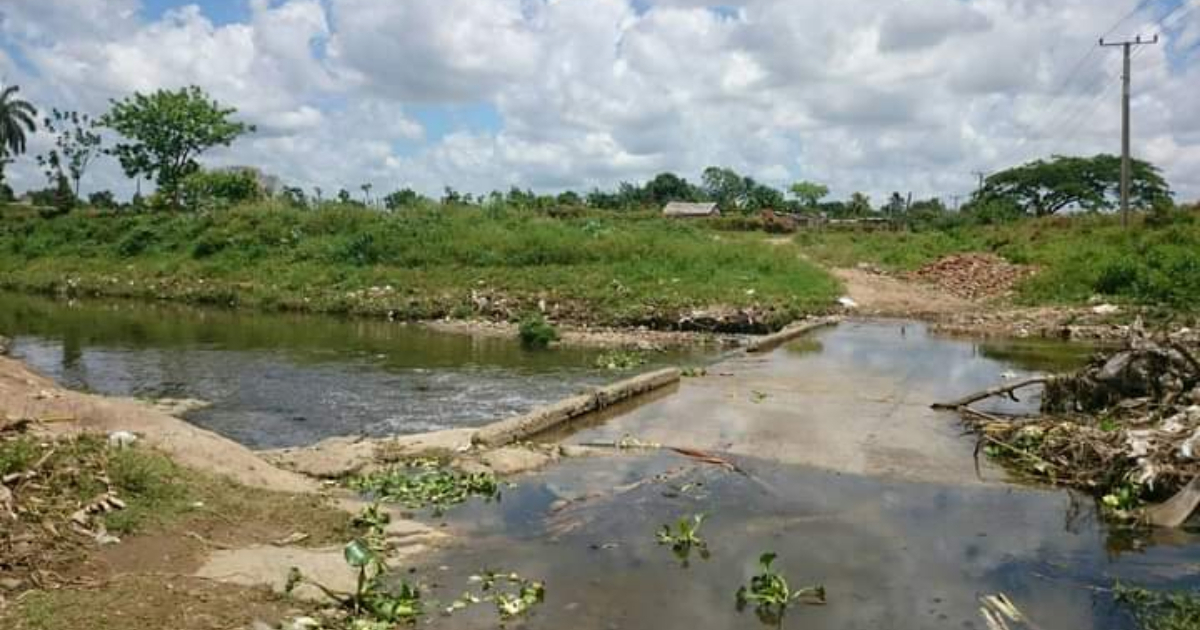Approximately 80 individuals have been hospitalized with the Oropouche virus, and there's a high infestation and transmission rate of dengue in various localities of Camagüey, creating a "complex" epidemiological scenario in the province. This situation has put both health authorities and the population on high alert.
The complexity of the health situation, due to the circulation of both viruses, is attributed to "the high incidence of the transmitting agents in several municipalities," acknowledged Dr. Néstor Navarro Vega, Deputy Director of Epidemiology at the Provincial Center for Hygiene, Epidemiology, and Microbiology, according to the official newspaper Adelante.
The specialist revealed that in the municipality of Santa Cruz del Sur, the infestation and spread of dengue are high, while in Esmeralda, although the incidence rate has been reduced, there is still significant transmission in its health areas. Additionally, he noted that "in Florida, there is considerable circulation of the virus in the northern area, as well as in Minas, particularly in its central and Senado localities, with an increase in febrile cases."
Alongside the dengue outbreak, 76 people are reported to be hospitalized—either in medical facilities or at home—with Oropouche fever, while another 79 are suspected of having contracted the virus. Navarro mentioned that confirmed cases are present in the municipalities of Carlos Manuel de Céspedes, Florida, Camagüey, Minas, and Vertientes.
"The situation is further complicated by factors such as high temperatures, which shorten the cycle of Aedes aegypti; also, the rains and environmental conditions are problematic, as Culex quinquefasciatus enters and exits homes and can only be mitigated through environmental management," stated the official.
Measures and Challenges in Disease Control
The measures to curb the spread of both arboviruses include what the health authorities call "febrile blockades," a control method applied to the five homes surrounding a detected case rather than the entire block or municipality. According to the official, "the priorities for fumigation are in the febrile blockades and the blocks at risk of transmission."
In addition to health personnel, authorities have enlisted members of regime-affiliated organizations such as the Committees for the Defense of the Revolution (CDR) and the Federation of Cuban Women (FMC). However, these efforts have not successfully halted the rise in dengue and Oropouche transmission.
In early July, Dr. Francisco Durán, National Director of Epidemiology at the Ministry of Public Health (MINSAP), reported that the Oropouche virus was already present in 12 provinces and revealed that the government lacks the resources to initiate fumigation campaigns to prevent the spread of the mosquito vector. "The virus began in Santiago de Cuba and Cienfuegos, but we are now also talking about Matanzas, Mayabeque, Villa Clara, Sancti Spíritus, Ciego de Ávila, Holguín, Guantánamo, Artemisa, Camagüey, and Granma," Durán stated. However, he omitted Havana, where the disease was detected in late June, according to the provincial government.
A few days after Durán's update, authorities in Pinar del Río and Las Tunas confirmed the first cases in those territories. Based on official information, the Oropouche virus is likely present in almost the entire country, except for the special municipality of Isla de la Juventud.
Meanwhile, dengue continues to "wreak havoc" nationwide due to the lack of resources to control the Aedes aegypti mosquito and the widespread unsanitary conditions. This situation keeps the population on edge and worried, especially with reports of fatal cases, about which neither the authorities nor the official media have commented.
Dengue and Oropouche Virus in Camagüey: Key Questions and Answers
Given the alarming rise in dengue and Oropouche virus cases in Camagüey, many residents and interested parties have pressing questions about the current situation and what measures are being taken. Here are some frequently asked questions and expert answers to provide clarity and guidance.
What areas in Camagüey are most affected by dengue?
According to Dr. Néstor Navarro Vega, the municipalities of Santa Cruz del Sur, Esmeralda, and Florida are among the most affected areas, with significant rates of infestation and transmission.
How many people are currently affected by the Oropouche virus in Camagüey?
There are 76 confirmed cases of Oropouche fever, with an additional 79 individuals suspected of having contracted the virus.
What measures are being taken to control the spread of these viruses?
Health authorities are implementing "febrile blockades," focusing on the five homes around a detected case, along with prioritizing fumigation in high-risk blocks. Members of CDR and FMC organizations are also aiding in these efforts.
